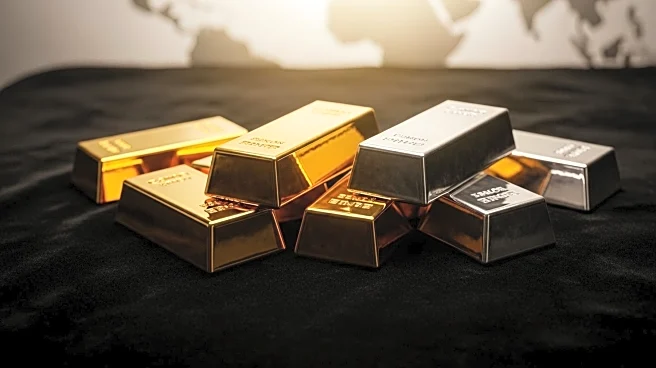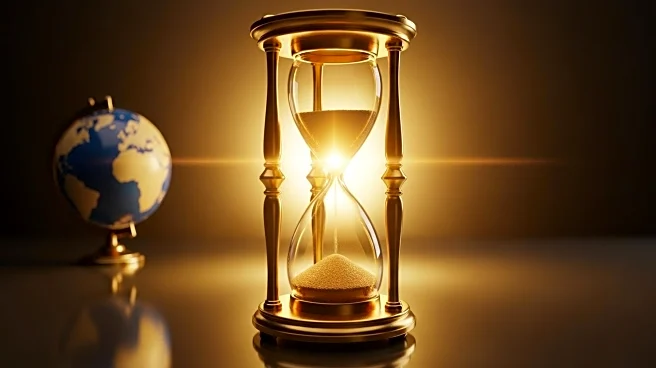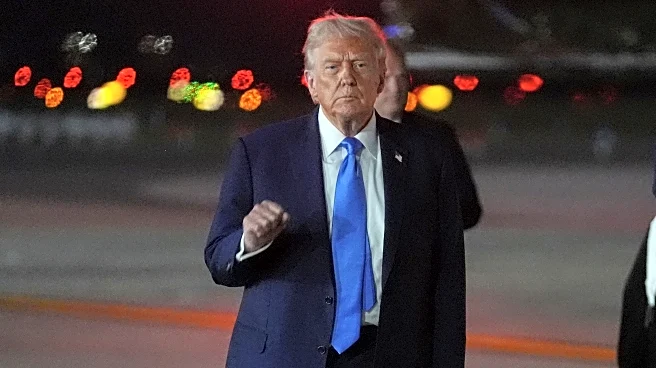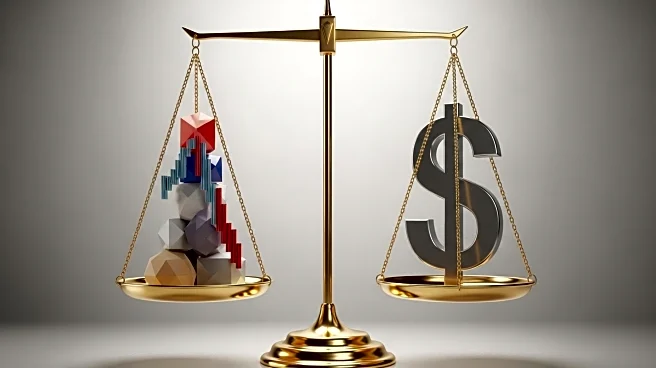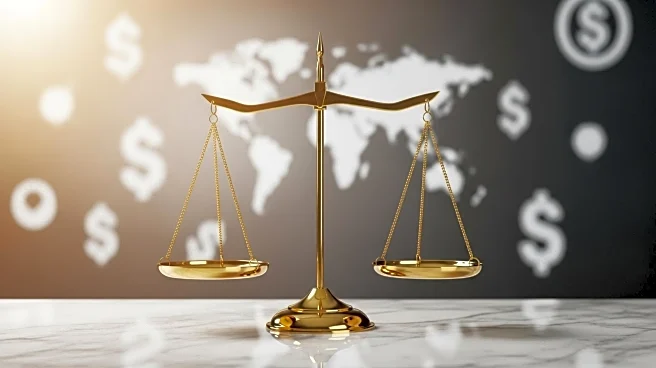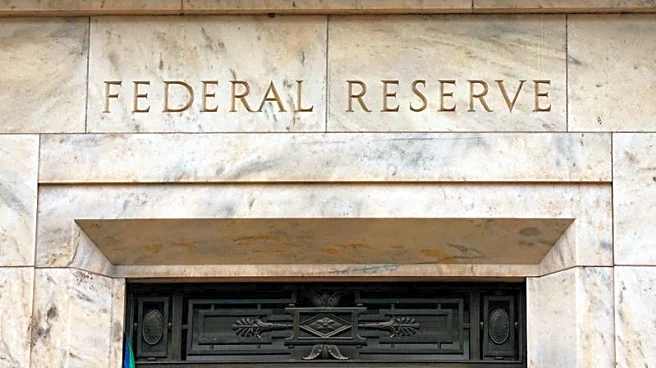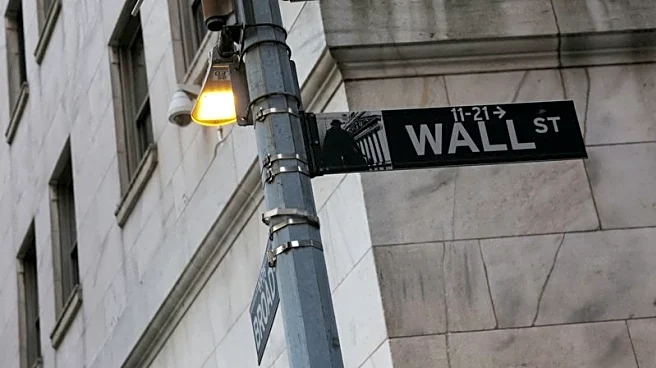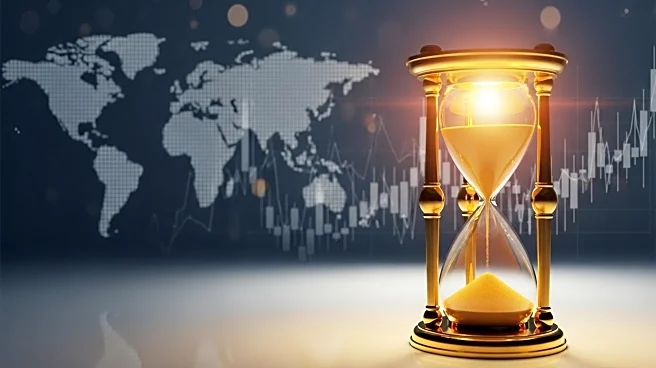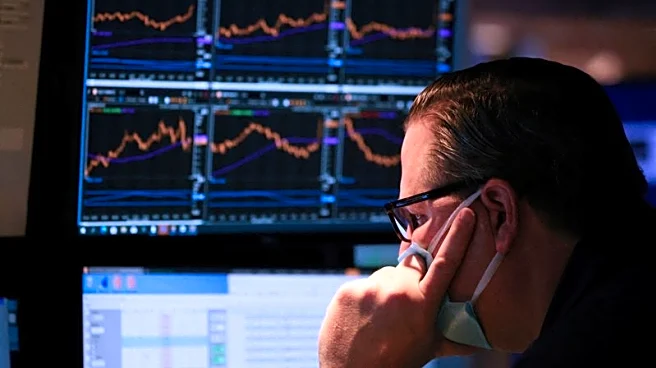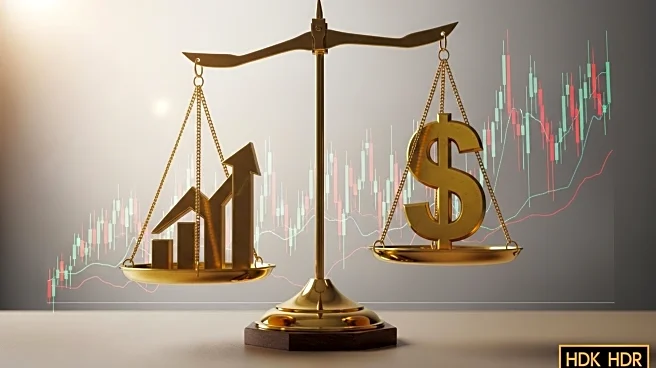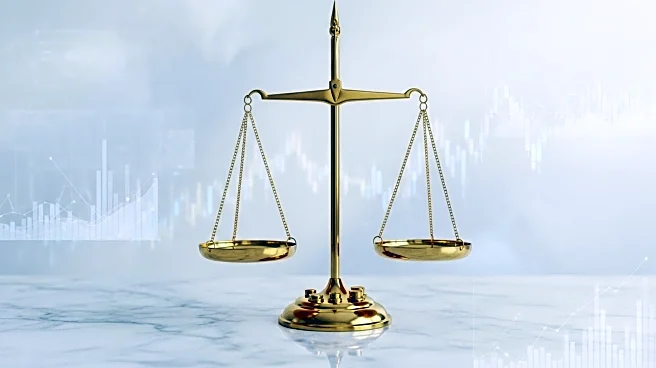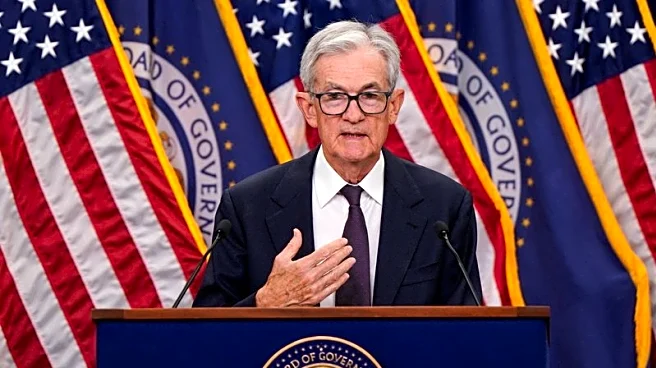What is the story about?
What's Happening?
Precious metals, including gold and silver, have experienced significant price increases in 2025, driven by economic uncertainties and geopolitical tensions. Gold is nearing record highs, hovering around $3,750 per ounce, while silver has reached a 14-year peak at over $45 per ounce. The surge in prices is attributed to safe-haven flows as investors seek stability amid trade war fears and expectations of looser monetary policy. The U.S. Federal Reserve's recent interest rate cut and anticipated further reductions have bolstered the appeal of non-yielding assets like gold. Additionally, President Trump's announcement of new tariffs on imports has reignited trade war concerns, further fueling demand for precious metals. The geopolitical landscape, including tensions in Ukraine and the Middle East, continues to support the rally in precious metals.
Why It's Important?
The rise in precious metal prices reflects broader economic and geopolitical dynamics that are influencing investor behavior. As the U.S. economy shows signs of growth, with strong consumer spending and low jobless claims, the Federal Reserve's policy decisions remain crucial in shaping market expectations. The potential for further rate cuts and the weakening of the U.S. dollar are key factors driving the demand for gold and silver. The geopolitical tensions, particularly the trade disputes and conflicts involving major global powers, add to the uncertainty, prompting investors to seek safe-haven assets. The sustained rally in precious metals has implications for industries reliant on these materials, as well as for global financial markets.
What's Next?
Analysts predict continued bullish sentiment for precious metals, with forecasts suggesting gold could surpass $4,000 per ounce and silver could exceed $50 per ounce if current trends persist. The Federal Reserve's upcoming meetings and decisions on interest rates will be closely watched, as they will influence the trajectory of precious metal prices. Additionally, geopolitical developments, including potential escalations in trade disputes and conflicts, will play a significant role in shaping market dynamics. Investors and industries will need to monitor these factors to navigate the evolving landscape and make informed decisions.
Beyond the Headlines
The rally in precious metals highlights the interconnectedness of economic policies, geopolitical tensions, and market behavior. The situation underscores the importance of strategic planning for industries dependent on these materials, as supply chain disruptions and price volatility can have significant impacts. The geopolitical dimension, particularly the rare earths dispute between the U.S. and China, adds complexity to the metals market, with potential implications for technology and defense sectors. The ongoing demand for safe-haven assets reflects broader concerns about fiscal stability and global economic health, prompting discussions on the need for diversified investment strategies.
AI Generated Content
Do you find this article useful?
